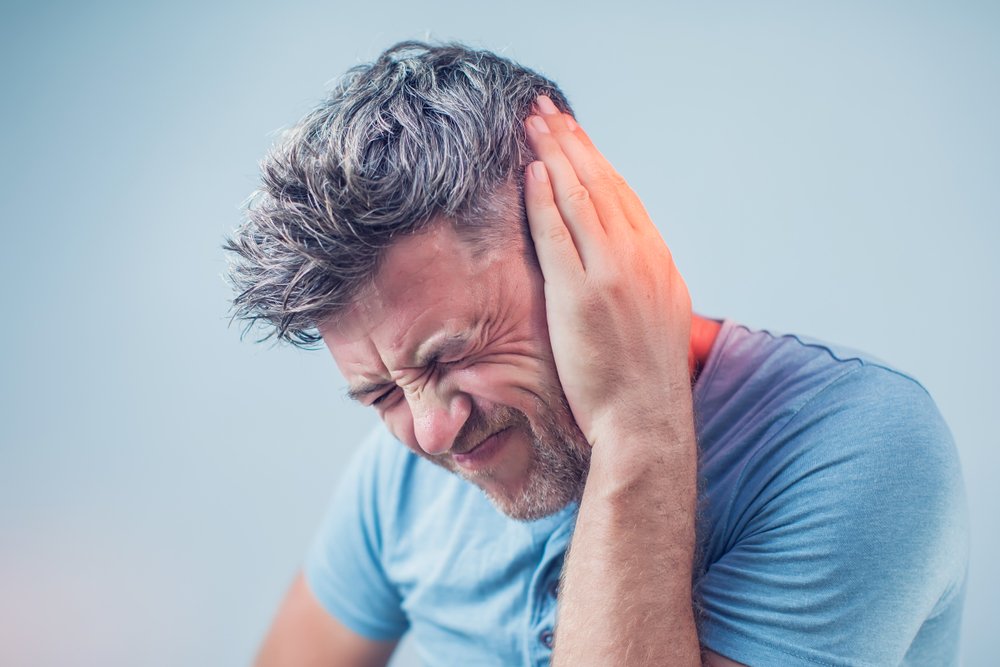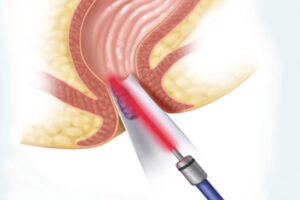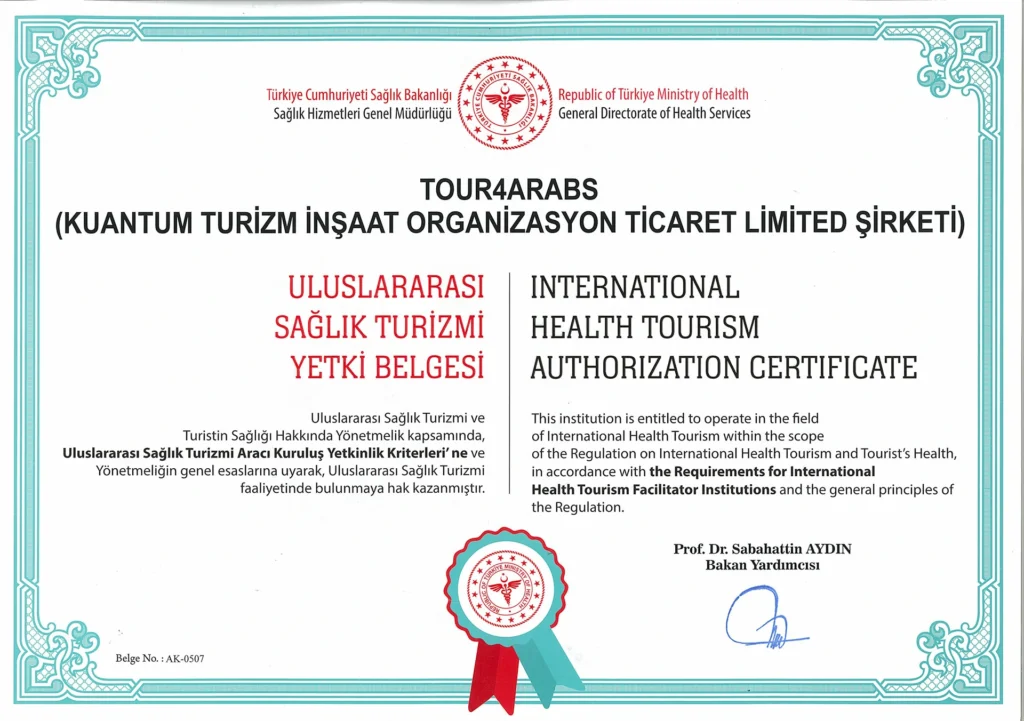What is Barotrauma?
Barotrauma is damage to tissue damage in the body with a decrease in pressure. Differences may occur depending on the pressure difference affecting many parts of the body. With the sudden changing pressure, tissue damage may occur and permanent dysfunction may occur.
What Are the Types of Barotrauma?
Changes in body structures may recur at different points. The pressure that occurs with the compression of the gas can leave permanent tissue damage in the following organs.
-
Lung Barotrauma (Pulmonary Barotrauma):
Damage to the lungs is usually the result of scuba diving. As the diver approaches the surface, the air pressure held in the lungs decreases and begins to expand. Expanding air can cause ruptures in the lungs, causing pneumothorax. As a result of rupture or perforation in the lungs, shortness of breath, difficulty in breathing and severe pain may occur.
-
Mask Barotrauma:
Another problem seen in divers is mask barotrauma. When diving into water, if the pressure inside the mask is not properly equalized, it will cause extra pressure to be applied to the face and eyes. This condition, which causes bruising, bleeding and varicose-like appearance in the blood vessels on the face, also affects the eyes. The pressure difference causes bleeding and redness in the eyes.
-
Ear Barotrauma:
It occurs when there is a difference between the pressure in the middle ears and the water pressure during entry into the water. It can cause permanent damage to the ear if it progresses by causing swelling and pain in the eardrum. If the pressure increases, the eardrum ruptures and hearing-impairing conditions may occur.
-
Sinus Barotrauma:
The pressure can affect different sinuses, causing pain in the nose and face on ascent to the surface. If the pressure is too high, it can cause nosebleeds.
-
Dental Barotrauma:
It is the pain that occurs in tooth roots or fillings during diving. May damage teeth and enamel.
Causes of Ear Barotrauma
Eustachian tube obstruction is one of the causes of ear barotrauma. The Eustachian tube helps maintain balance during changes in pressure. For example, yawning normally opens the Eustachian tube. When the tube is blocked, symptoms develop because the pressure in the ear is different from the pressure outside the eardrum.
Altitude changes are the most common cause of this condition. One of the places many people experience ear barotrauma is during the ascent or landing of an airplane. This condition is sometimes called airplane ear.
Other conditions that can cause ear barotrauma include:
- Scubadiving
- Walk
- Driving İnto The Mountains
What Are the Symptoms of Barotrauma?
- Earache,
- Tinnitus,
- Hearing loss,
- Dizziness
- The feeling of fullness in the ear is among the symptoms of this ailment.
Diagnosing
Although ear barotrauma may go away on its own, you should consult a doctor if your symptoms are severe pain or bleeding in the ear. A medical examination may be needed to rule out an ear infection.
Most of the time, ear barotrauma can be detected by physical examination. A close look inside the ear with an otoscope can often reveal changes in the eardrum. Due to the pressure change, the eardrum may be pushed slightly outward or inward from where it would normally sit.
Your doctor may also squeeze air into the ear to see if there is any buildup of fluid or blood behind the eardrum. If there are no significant findings on physical examination, situations that you usually report surrounding your symptoms will provide clues to a correct diagnosis.
Barotrauma Treatment Methods
Barotrauma treatment will vary depending on the part of the body that is affected.
-
Lung Barotrauma Treatment:
For the treatment of the damage caused by the pressure, methods such as placing a tube in the chest cavity or applying oxygen therapy may be preferred. By providing re-expansion of the lungs, the deflated lung problem is tried to be eliminated.
Sinus and ear problems can be treated with prescription drugs. Recovery may be slow, but when the course of treatment and use of medication is correct, full cure will be achieved. Tears in the eardrum heal spontaneously, but in cases where it does not show, surgical treatment can be applied.
Ear Barotrauma in Infants
Infants and young children are particularly susceptible to ear barotrauma. This is because the eustachian tubes are smaller and flatter and therefore struggle more with equalization.
If your child shows signs of discomfort, distress, agitation, or pain while experiencing an altitude change, they’re likely experiencing ear barotrauma.
To help prevent ear barotrauma in babies, you can feed them or have them drink during altitude changes. For children with ear conditions, your doctor may prescribe ear drops to relieve pain.
How to Prevent Barotrauma?
Barotraumas occur due to pressure differences. Barotrauma is not expected to occur when the internal and external air pressures are equalized during dives or high altitude flights.
For example, the difference in the face mask can be equalized by blowing air on the face, while the pressure in the ears can be provided by swallowing or yawning.
All these details are transferred to the individuals in the pre-dive trainings. Untrained and unconscious dives can cause serious problems. Pressure problems are frequently seen in pilots and stewardesses as well as in divers.
The sudden drop in pressure inside the aircraft or the high pressure experienced at high altitudes are the sources of the problems. Especially the pressure differences in the ears can progress to rupture of the eardrum and hearing loss.
For this reason, it is important that you stay away from activities that may cause barotrauma unless you have received the necessary training and your health condition does not allow.







